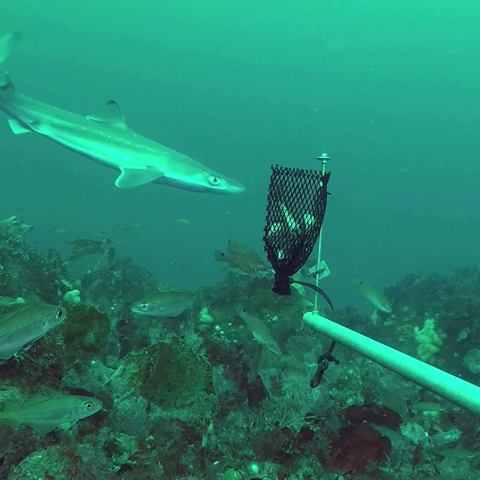Despite the entry into force of the EU Habitats Directive more than 30 years ago, several marine habitats and species still do not meet the directive's objective of favourable conservation status. An international team of researchers will now investigate why and propose measures to improve the status of species and habitats worthy of protection in the Kattegat and Skagerrak seas.
Measures taken to conserve marine habitats in Europe's marine areas have not been sufficient. The situation is particularly acute in northern Europe, where the conservation status of marine habitats in the Kattegat and Skagerrak seas continues to be poor.
– The state of marine habitats in Europe and elsewhere is closely linked to fishing, both through the direct physical impact of fishing, for example through bottom trawling, but also through the indirect effects of fishing, says Even Moland, a researcher at the Norwegian Institute of Marine Research (IMR) and leader of the project.
Greater focus on the lack of large predatory fish
The loss of large predatory fish causes so-called "trophic cascades", where the loss of predatory fish disrupts the functioning of the ecosystem and leads to a deterioration of habitats. Studies have shown that the disappearance of predatory fish has similar effects as eutrophication.
While eutrophication and oxygen depletion have received a great deal of scientific attention – and have been a central focus of management efforts for several decades – the lack of large predatory fish in coastal marine ecosystems has not received the same focus.
Ulf Bergström is a researcher at the Swedish University of Agricultural Sciences (SLU) and the Department of Aquatic Resources and leads a work package within the project that will investigate the link between predatory fish and habitat status. He has previously documented the effects of the loss of predatory fish and investigated how areas with fishing bans can contribute to the recovery of large fish.
– To prevent further loss of biodiversity, there is an urgent need to increase understanding and disseminate knowledge about how good fish stocks can contribute to maintaining the function and health of marine habitats, says Ulf.
The aim of the project is to improve the conservation status of marine ecosystems in the Kattegat and Skagerrak seas by applying an ecosystem perspective to the ability to restore and conserve marine habitats protected under the EU Habitats Directive.
– To succeed we must promote a broad size and age structure of harvested species, while functionally important species must be allowed to thrive and perform their important roles in the ecosystem, concludes Mattias Sköld, a researcher at the Department of Aquatic Resources and a participant in the research project.
